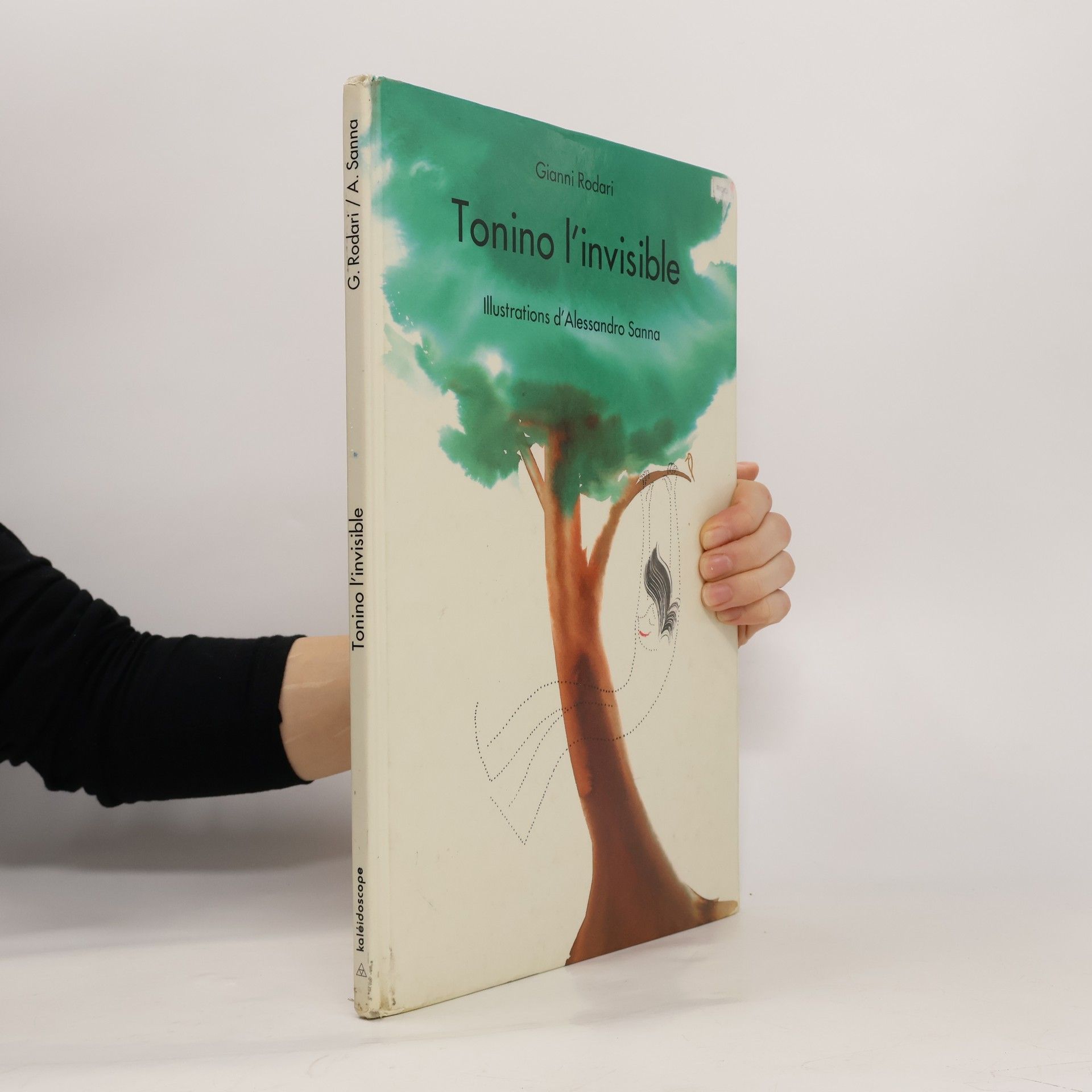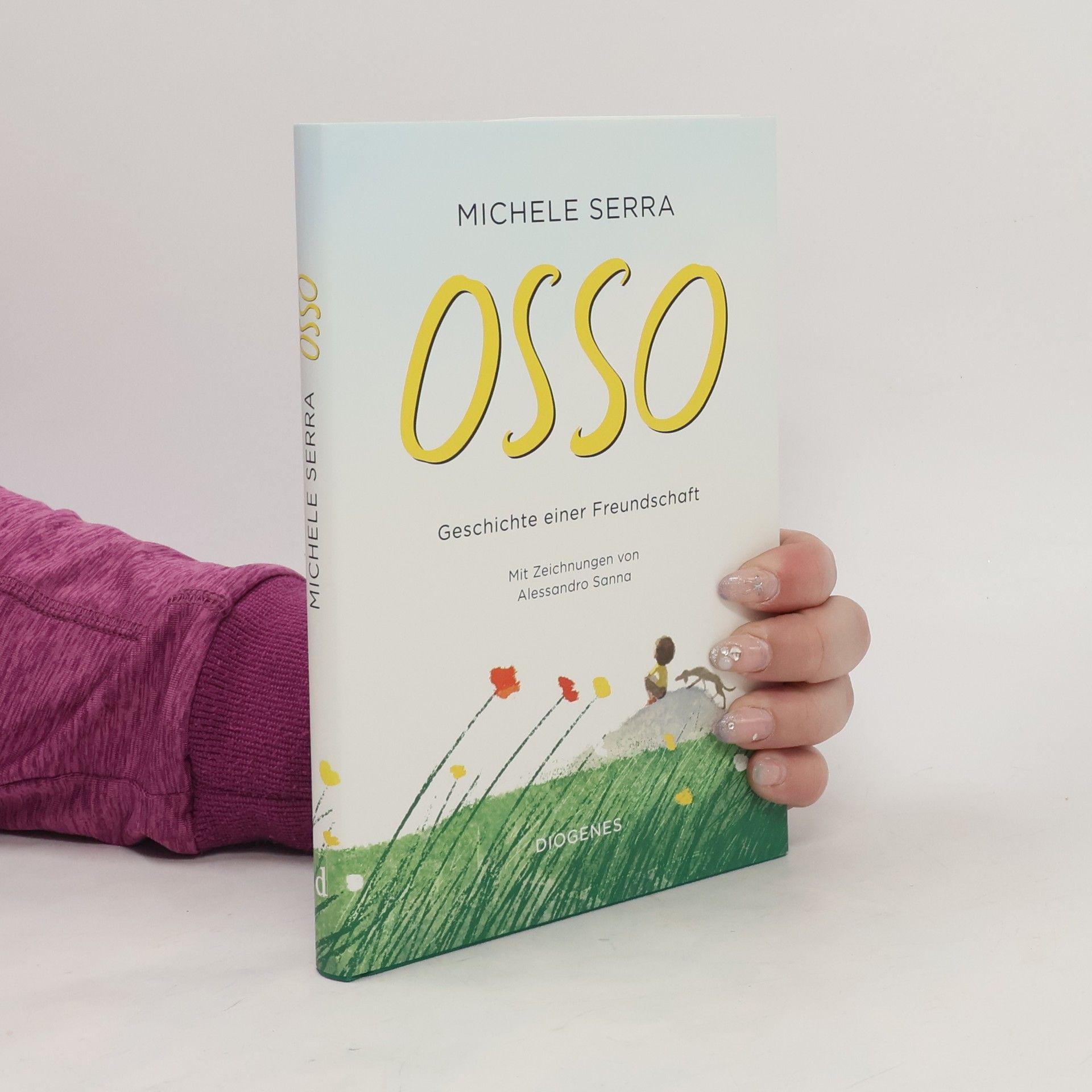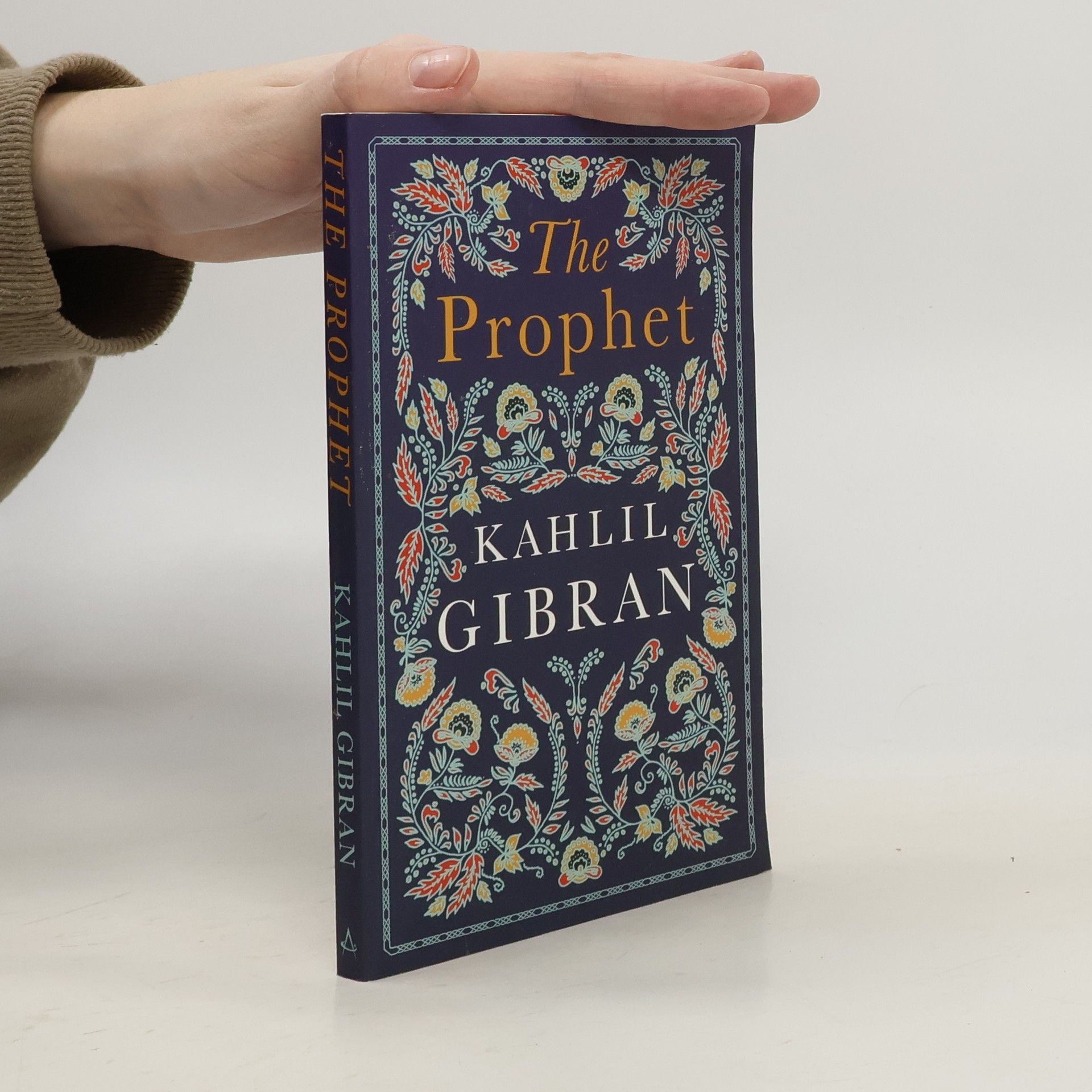Through powerful visual storytelling, Alessandro Sanna examines the duality of human nature—creation and destruction. The narrative begins with a stone that symbolizes both violence and artistry, as it transitions from a weapon to a tool for building. Sanna's artwork chronicles humanity's tumultuous history of war, reflecting on events from ancient battles to modern tragedies, including the atomic bomb and the September 11 attacks. Accompanied by an introduction from poet Ammiel Alcalay, this work invites contemplation on mankind's persistent cycle of havoc and beauty.
Alessandro Sanna Books
Alessandro Sanna is a celebrated creator of illustrated books whose work resonates across Europe. Renowned as both an author and illustrator, his art graces prominent publications and enriches the world of children's literature and books for all ages. Sanna brings a unique visual style and narrative depth to his creations, establishing him as a distinctive voice in the realm of book arts. His engaging approach invites readers into richly imagined worlds.







Eine einzigartige Verbindung von Bilderbuch, Kunstbuch und Graphic Novel! Alessandro Sannas Buch entfaltet mit großer Ruhe auf hunderten schmaler Panoramen die Erfahrung von Landschaft und Zeit, die im Rhythmus der vier Jahreszeiten vergeht. Es ist nur das Fließen des Stroms, das konstant bleibt, während die Farben des Wassers, der Landschaft und des Himmel sich fortwährend ändern und den Hintergrund abgeben für die Geschichten der Menschen, die wie Sanna am Fluss leben. Wie in einem Fotoalbum arrangiert der Künstler seine Aquarelle, immer vier auf einer Seite, und der Betrachter spürt das Voranschreiten der Zeit in den winzigen Veränderungen von Bild zu Bild. Als feine Silhouetten erkennt er die Figuren, die sich am Ufer bewegen und ihre Geschichten erleben: die Überschwemmung im Herbst, die Geburt eines Kalbs im Winter, die Hochzeit im Frühling und den Ausbruch eines Tigers beim Jahrmarkt im Sommer.
Un uomo solo in una casa di montagna e un piatto in più messo per errore sulla povera tavola della festa. Un viaggiatore intrappolato nella nebbia e una porta che si apre.“Andavamo dietro ai pensieri,come fa il vento con le nuvole.”Un racconto luminoso in cui le parole di Erri De Luca, fuse con i disegni di Alessandro Sanna, conducono il lettore in un’atmosfera sospesa.Una storia che parla di condivisione, della capacità di riconoscere e accogliere i doni, e della magia che nasce da un incontro.
Eine eindringliche Fabel aus Italien verbindet Alt und Jung sowie Mensch und Natur. Ein alter Mann lebt am Waldrand und freundet sich mit einem Hund an, der ihn an vergangene Zeiten erinnert. Bei einem Besuch erzählt er seiner Enkelin Lucilla von Wölfen, Jägern und der Beziehung des Menschen zur Natur.
Voici l'histoire d'un petit garçon qui s'appelait Tonino et qui alla un jour à l'école sans savoir sa leçon. Il avait très peur d'être interrogé par le maître. " Ah, si seulement je pouvais devenir invisible ", se disait-il. Et son voeu fût exaucé. Mais la journée ne se déroula pas du tout comme il l'espérait...
Poesie di ghiaccio
- 93 pages
- 4 hours of reading
Il ghiaccio nei campi, la neve che copre e protegge, una pecora che si è persa nel nero del bosco, una casa gelata da cui ogni amore è fuggito, e poi il disgelo, in una serie di poesie che compongono quasi una storia. Dagli 8 anni a quando si vuole.
The Prophet
- 128 pages
- 5 hours of reading
Written as a collection of poetic essays, and detailing such diverse and sprawling topics as love, death, pleasure and prayer, The Prophet was an immediate success on its initial publication in 1923, and has since been translated into more than a hundred languages.
